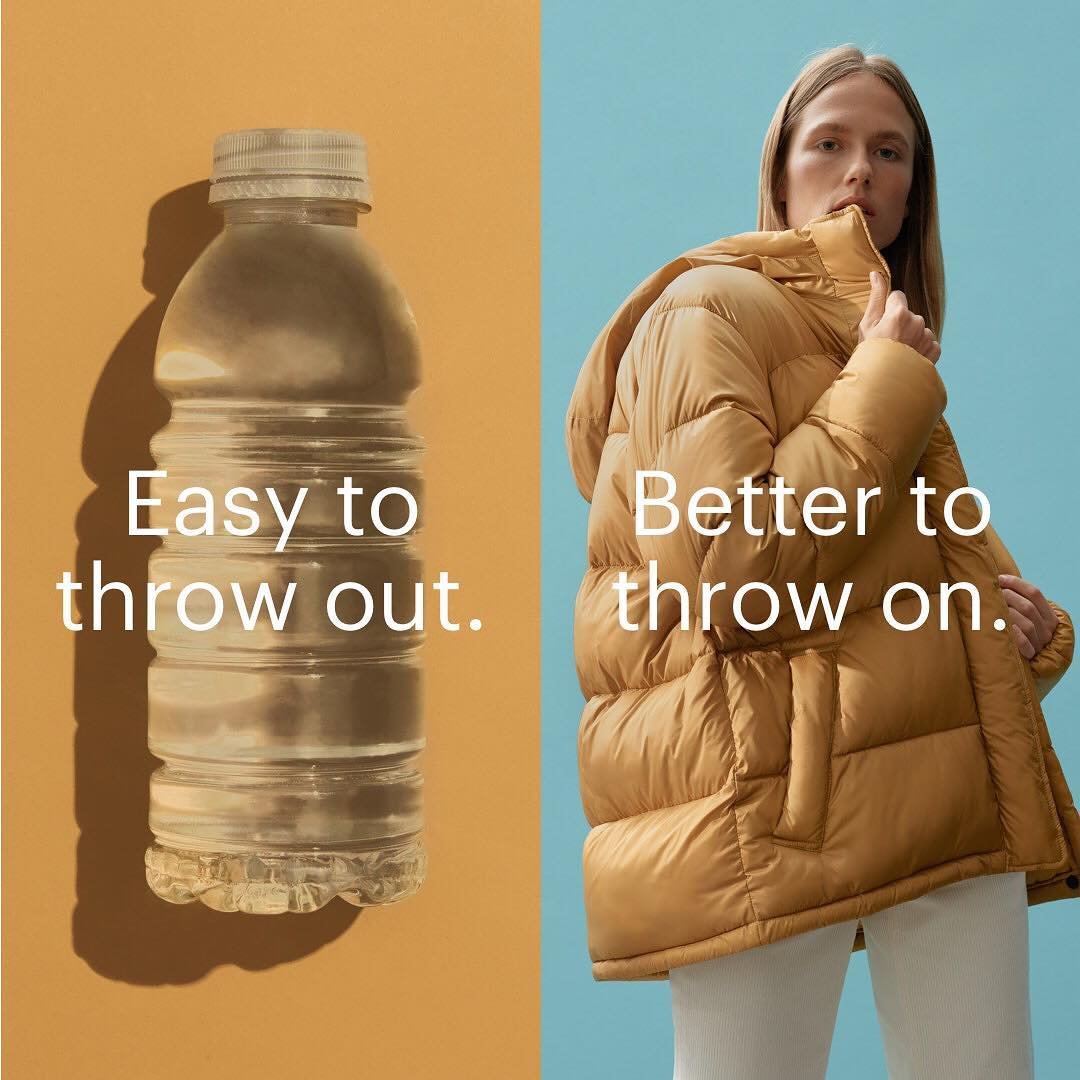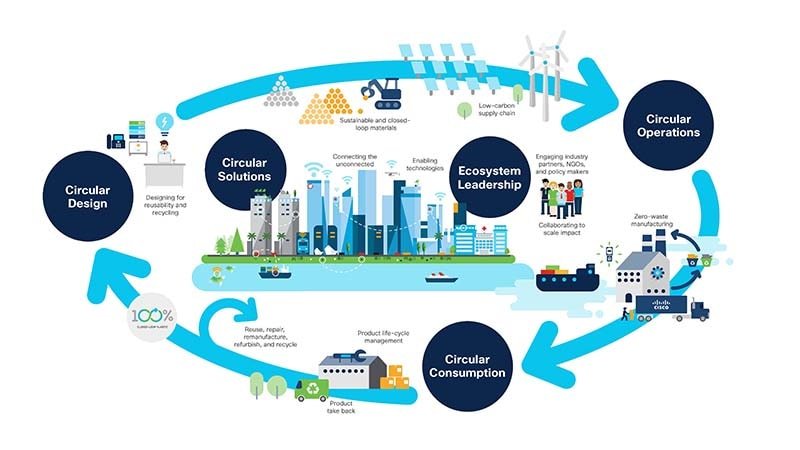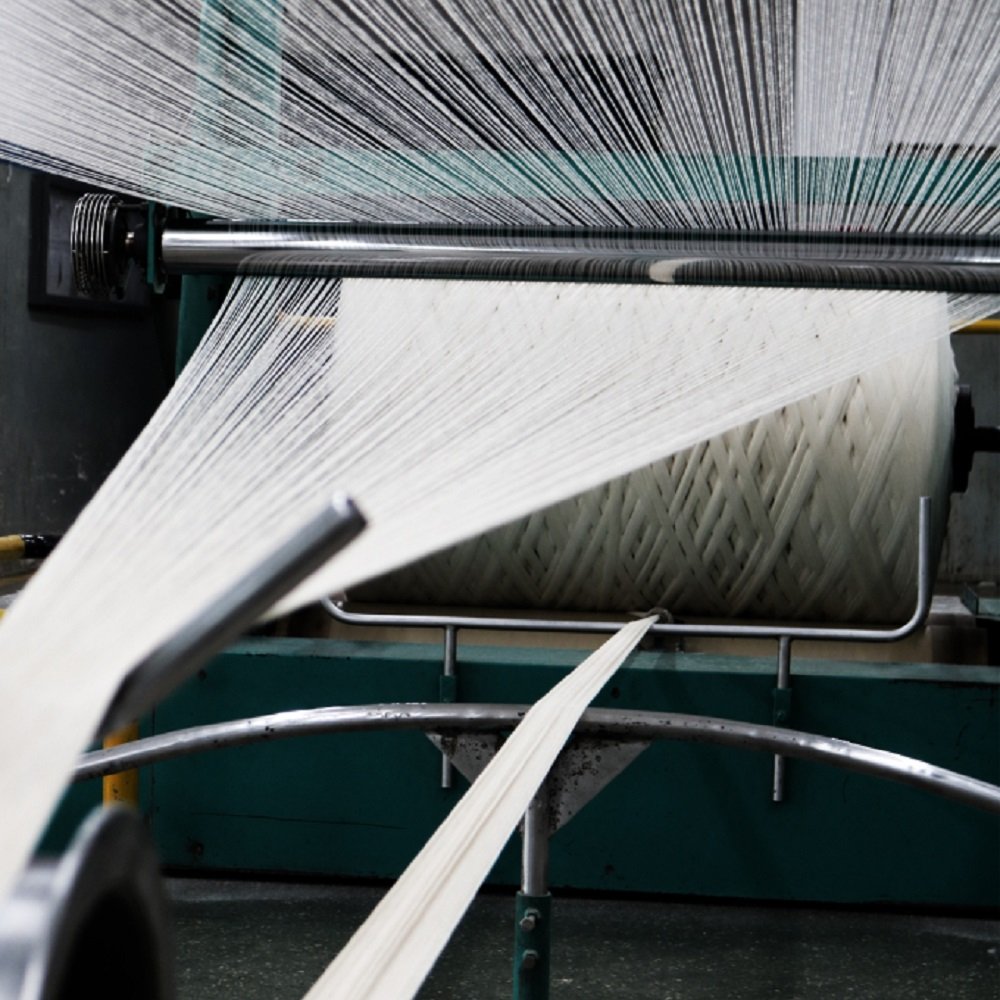The Circular Supply Chain
Photo Courtesy of WGSN
What Fashion Brands can do to make their design processes more sustainable:
Circular fashion models are rapidly becoming more heard of in the industry, although remain quite a foreign subject for implementation among the industry players. Nevertheless, it is a worthy topic to understand, so here breakdown of what circular fashion models represent and how businesses can transition into them.
How do fashion brands function now?
Before discussing what, the fashion business supply chains could and should look like, it is important to identify how they operate now. The most widespread model is known as the Linear Supply Chain. The distinguishing factor of this model is that the equilibrium between economic gain and ecological growth is not maintained. Economic growth is leveraged far more, in fact, it is done at the expense of the global ecological wellbeing.
On an operational level, a linear supply chain includes production methods that were developed with the goal of generating the product at the fastest and cheapest rate. The linear supply chain underpins the processes of sourcing, manufacturing, distribution, and sales, consequently there is a plethora of systems that run within those processes which are aimed solely at rapid, cheap production, not towards sustainability.
This is a highly productive system for the producers, however, the linear supply chain is synonymous with “take-make-waste". It consists of taking raw materials from the earth, designing products out of them, and throwing them away, thereby producing waste.
What is a circular fashion model?
Photo Courtesy of CISCO
Circular fashion models have been developed with the aim to appropriate certain novel production methods, which would expand the product lifecycles and uses, to generate less waste and be less reliant on raw materials. On an operational level, one extra stage is identified, the Reuse and Recycle stage, which in turn becomes a priority to achieve for the producers.
Design for Circularity:
Photo Courtesy of Sourcing Journal
Circular fashion models depend a lot on the design process to live up to the goal of producing goods that will not be doomed to the fate of ending up as waste at the end of their lifecycle. A lot of these priorities are only achievable if product design is aligned with them, and here is a run-through of several possible design solutions.
Design for disassembly is one notable example of contributing to circular production lines. It entails producing a product in a way that will make it easy to disassemble into relevant parts or materials that will enable for them to be reused by producers in and out of the pipeline or be recycled.
Mono materials are a crucial element to consider, to make the reimplementation of raw materials possible after a product has been used. Mono materials, relate to the production of goods with only one material. This makes the product either more easily recycled or more appropriate to disassemble and reappropriate the material for other uses.
Design out unsustainable materials. The composition of the products is not only dictated by the designers but could be. Many designs can be thought through in terms of making them possible without the use of plastics/synthetic fibers, adhesives, or chemical treatments. Preferably, designers would begin their process by outlining the raw materials and manufacturing techniques, they would like to implement and those they aim to avoid, to produce only sustainable goods.
Design for reuse. Currently, products are designed for one sole purpose, and end up being useless once their primary user is no longer in need of them. Circular approaches for this solution include designing a product that will be able to be applied or redesigned when trends and styles change, for it to remain in use longer for consumers.
Rethink packaging. Packaging is also a large issue of linear production lines, currently, it includes heaps of materials - the majority of which are not reusable, nor biodegradable. Designers can rethink their packaging, to make it less susceptible for immediate disposal. For instance, instead of using plastic bags and wrapping, brands have begun using totes as packaging – which would not be thrown away after the delivery of the product but would be used further by the client.
Why implement a circular model?
As conscious consumers, we have our part to play in sustainable consumption and disposal of products, however, our actions are tied to the decisions made by producers. Sustainable consumption is highly dependable on whether or not the product is actually able to be recycled or reused, therefore circular production cycles are one of the ways for consumers and producers to work together to achieve sustainable goals.



